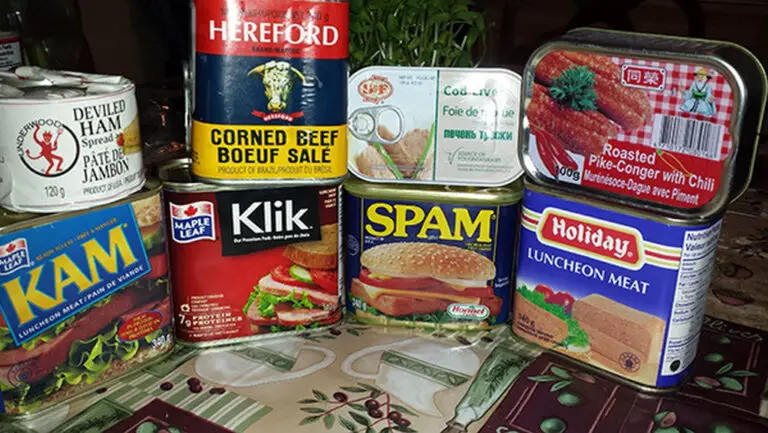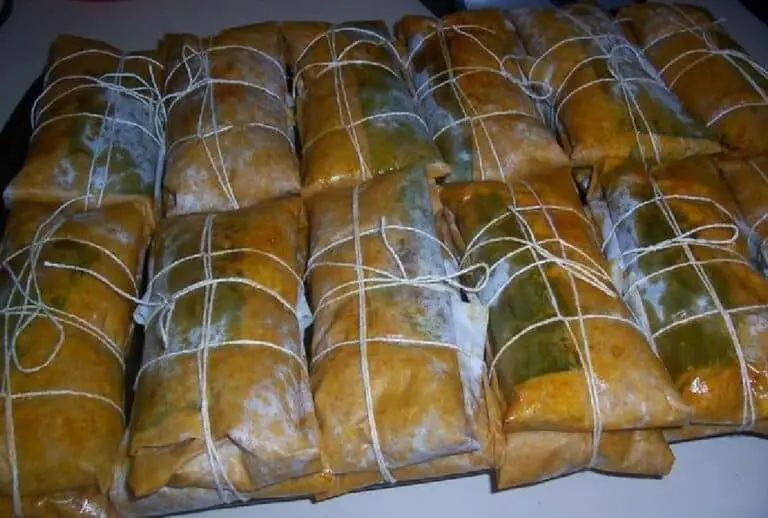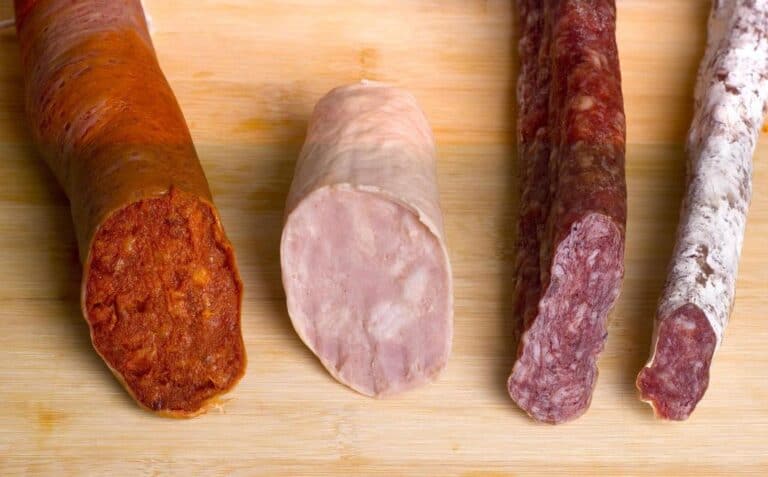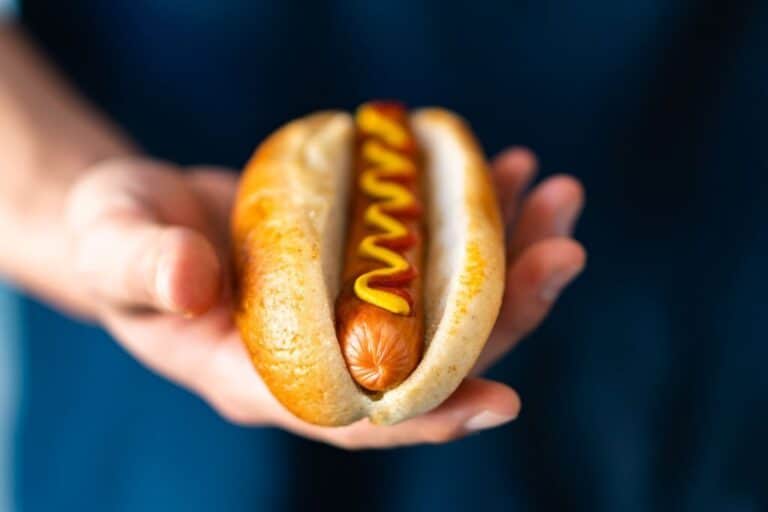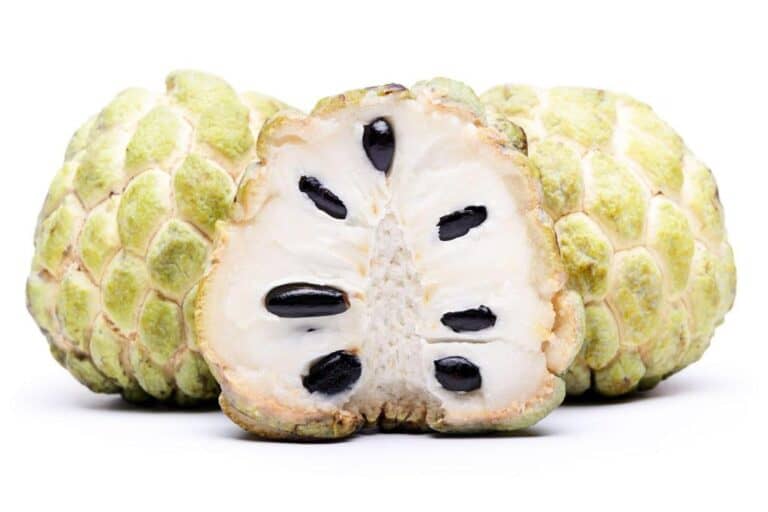Can You Reheat Pasta Sauce Twice Without Compromising Safety or Taste?
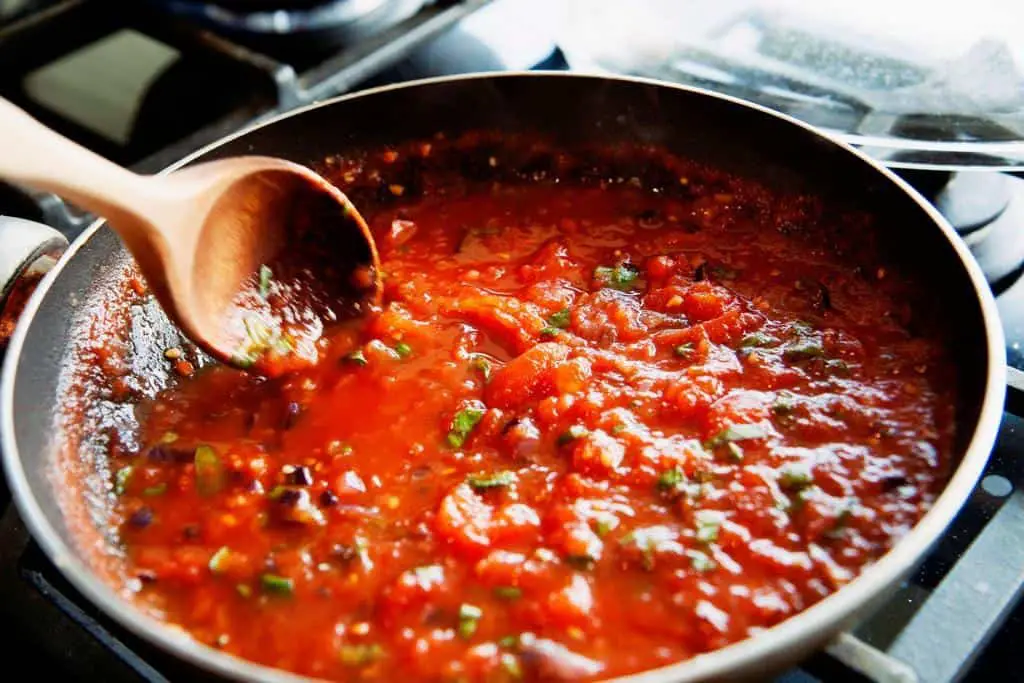
Have you ever found yourself with leftover pasta sauce in the refrigerator, unsure if it’s still safe to reheat? Reheating food is a common practice for many of us who enjoy homemade meals and want to minimize waste. However, when it comes to reheating pasta sauce, there are often doubts about whether it can be done safely multiple times.
In this article, we’ll delve into the world of reheating pasta sauce and answer the burning question: Can you reheat pasta sauce twice? Whether you whipped up a delicious marinara from scratch or bought a jar of your favorite store-bought brand, we’ve got you covered.
We’ll explore the myths and misconceptions surrounding reheating sauces and provide you with science-backed information on food safety practices.
So grab a plate of spaghetti or penne alla vodka and join us as we separate fact from fiction when it comes to heating up that extra helping of pasta sauce. Your next bowlful could be just as satisfying as the first!
Can You Reheat Pasta Sauce Twice?
Reheating pasta sauce twice is generally safe and won’t compromise taste if you follow proper hygiene and storage guidelines.
Firstly, ensure the sauce is prepared and cooled hygienically post-cooking. Rapid cooling helps maintain its safety. When stored cold, reheating it multiple times won’t heighten health risks. However, be aware of the potential impacts on taste, texture, and nutritional value of prolonged storage and repeated reheating.
For optimal results, practice good hygiene during preparation and reheating. Always ensure the sauce reaches a piping hot temperature during reheating. If not consumed immediately, minimize handling to prevent contamination.
It’s noteworthy that after each reheat, the sauce remains safe for an additional three to four days in the fridge. Nevertheless, bear in mind that the overall quality diminishes with each reheating cycle.
Here’s a breakdown of key considerations:
- Hygienic Preparation: Ensure the sauce is prepared and handled hygienically from the start. This reduces the risk of contamination, allowing for safe reheating.
- Quick Cooling: After cooking, cool the sauce rapidly before refrigerating. This prevents the growth of harmful bacteria, maintaining safety during subsequent reheats.
- Storage Conditions: Store the sauce in the refrigerator at or below 40°F (4°C). This slows bacterial growth and extends the sauce’s safe storage period.
- Reheating Temperature: When reheating, ensure the sauce reaches a minimum internal temperature of 165°F (74°C). This temperature kills any potential bacteria, ensuring safety.
While safety is maintained, it’s essential to note that the quality of the sauce may diminish with each reheating cycle. The taste, texture, and nutritional content may be affected. For optimal enjoyment, consider making smaller portions to minimize leftovers and reheating.
Understanding Bacterial Growth in Cooked Food
Bacterial growth is a natural process that can occur in various types of food, including pasta sauces. Understanding how bacteria multiply and thrive in improperly stored leftovers is essential to ensuring the safety of your meals.
When it comes to cooked food, such as pasta sauce, bacteria present on our hands or utensils can contaminate the dish during preparation. Most bacteria are killed by cooking. Some bacteria may live and even multiply if the right conditions are not maintained during storage.
The key factor that facilitates bacterial growth is temperature. Bacteria need warmth to flourish, with their ideal temperature range falling between 40°F (4°C) and 140°F (60°C). When cooked food cools down within this temperature range but isn’t promptly refrigerated or reheated properly, bacteria can begin multiplying exponentially. This can lead to an increased risk of foodborne illnesses if consumed.
To prevent bacterial growth in leftover pasta sauces, it’s important to follow proper storage practices. Allow the sauce to cool down quickly by placing it in shallow containers before transferring it into the refrigerator within two hours after cooking.
Make sure your refrigerator is set at or below 40°F (4°C) to inhibit bacterial growth effectively. Additionally, avoid keeping leftover pasta sauce for more than four days, as even refrigeration will only slow down bacterial multiplication rather than halt it completely.
Reheating Leftover Pasta Sauce Once

When it comes to reheating your beloved leftover pasta sauce, there are a few important guidelines to follow. First, always make sure that the sauce is properly stored in an airtight container in the refrigerator. This helps prevent any bacteria from multiplying and causing potential foodborne illnesses. Before reheating, give the sauce a good stir to redistribute any separated oils or ingredients.
Now, let’s talk about two popular methods of reheating: stove-top and microwave. While both can get the job done, using the stove-top method tends to yield better results when it comes to maintaining the original texture and flavors of your pasta sauce.
Simply heat a small amount of olive oil or butter in a pan over medium-low heat, then add your cold pasta sauce and gently simmer until heated through.
The stove-top method allows for more precise control over temperature and cooking time compared to microwaving. It also helps retain moisture better than rapid heating in the microwave oven can do at times.
However, if you’re short on time or prefer using the microwave for convenience sake, be sure to use low power settings or short bursts with frequent stirring for even heating throughout.
Assessing Quality After First Reheat
One of the common concerns when reheating pasta sauce multiple times is that its taste and texture might suffer. However, it’s important to note that not all pasta sauces react the same way to reheating. Some may still maintain their flavors and textures after being heated once, while others may undergo subtle changes.
To assess the quality of your pasta sauce after its first reheat, trust your senses. Take a moment to carefully observe the appearance and smell of the sauce. Does it still look appetizing? Is there any strange or off-putting odor? Trust your instincts, as these cues can indicate whether or not the sauce is safe to consume.
Next, take a small taste test. Does the flavor of this reheated batch differ significantly from when you initially cooked it? Pay attention to any unpleasant aftertaste or altered consistency.
If you notice any significant changes in taste or texture that make you hesitant about consuming it further, consider discarding the remaining portions rather than risking potential foodborne illnesses.
Remember, food safety should always be prioritized over trying to salvage every last bit of leftovers. It’s better to be cautious and discard spoiled pasta sauce than risk getting sick from consuming contaminated leftovers.
| Also see: How Long Does Homemade Applesauce Last in the Fridge After Opening? |
Considerations Before Attempting a Second Reheat
There are several factors to consider before deciding whether it is safe to reheat pasta sauce for a second time. One key factor is the amount of time that has passed since the sauce was originally prepared and stored in the refrigerator. The longer the sauce has been sitting, the greater the risk of spoilage. It’s generally recommended to consume refrigerated pasta sauce within 3–4 days to ensure its freshness and safety.
Another important consideration is any dairy-based ingredients used in your pasta sauce. Dairy products, such as cream or cheese, can be prone to bacterial growth if not handled properly.
This means that sauces containing dairy may have a shorter shelf life than those without. If you’re unsure about how long your dairy-containing pasta sauce has been stored or if it smells off or looks strange after reheating once, it’s safer to discard it rather than take a chance on potentially harmful bacteria.
Reheating pasta with sauce can make it dry out. It is a delicate process to avoid drying it out. To retain moisture, consider adding a splash of water or broth to the sauce before reheating. This simple step helps rejuvenate the sauce’s consistency.
Another effective trick is to cover the pasta with a damp paper towel or microwave-safe lid during reheating. This traps steam, preventing the pasta from becoming dry and rubbery.
Take note of any upcoming expiration dates on ingredients used in your pasta sauce. If an ingredient is close to expiring or past its expiration date, this could also increase the risk of spoilage when reheating multiple times.
| Related: How Do You Keep Creamy Pasta Sauce From Separating? |
Risks Associated With Repetitive Heating
When it comes to reheating pasta sauce multiple times, there are a few key risks that you should be aware of. Firstly, repeated heating can have a negative impact on the taste and texture of your sauce. Each time you reheat it, the flavors may become more concentrated or even altered altogether. The consistency might also change, resulting in a thicker or grainier texture.
Furthermore, excessive reheating can lead to a loss of nutritional value in your sauce. Heat exposure for extended periods can cause certain vitamins and minerals to break down or dissipate. For instance, vitamin C is known to be sensitive to heat and air exposure.
To minimize these risks, it’s best to store leftover pasta sauce properly by transferring it into an airtight container and refrigerating it promptly after it has cooled down from its initial cooking stage. Additionally, avoiding direct contact between the air and the leftover sauce will help retain as much flavor as possible.
While consuming reheated pasta sauce twice is generally considered safe if all food safety guidelines are followed adequately (such as proper storage), repeatedly reheating beyond this point may increase potential risks considerably – such as bacterial growth due to prolonged exposure at room temperature.
Alternative Options for Using Leftover Pasta Sauce
If you find yourself with leftover pasta sauce but don’t want to reheat it, fear not! There are plenty of creative and delicious ways to repurpose that extra sauce without having to fire up the stove again.
One idea is to use the pasta sauce as a dressing or marinade for cold pasta salads. Simply toss cooked pasta (preferably short shapes like fusilli or penne) with the chilled sauce, add fresh vegetables like cherry tomatoes, cucumbers, and bell peppers, and finish off with a sprinkle of grated Parmesan cheese. This refreshing twist on traditional pasta salad will have your taste buds singing.
Another way to put that leftover pasta sauce to good use is by using it as a topping for other dishes. Instead of reheating the sauce and slathering it over another plate of spaghetti, get creative with your food pairings.
Use the sauce as a base for homemade flatbread pizzas by spreading it onto store-bought pizza dough or naan bread before adding your favorite toppings like cheese, veggies, or even some cooked chicken or sausage slices.
You can also spoon some warmed-up leftover pasta sauce onto grilled chicken breasts or fish fillets just before serving for an instant flavor boost.
So remember, when you have extra pasta sauce on hand but don’t want to reheat it again, think outside the box and explore these alternative options that transform ordinary leftovers into exciting new culinary creations.
| Related: How To Get Tomato Sauce Stains Out of Plastic Tupperware. |
Conclusion
After examining the various considerations and factors involved in reheating pasta sauce, it is clear that while reheating once is generally safe, repetitive reheating can pose health risks and diminish the flavor and texture of the sauce. It’s important to prioritize food safety practices when handling leftovers to avoid any potential incidents of foodborne illness.
To ensure optimal safety and enjoyment, consider alternate uses for leftover pasta sauce instead of repeatedly reheating it. You can refrigerate tomato sauce within two hours after cooking and use it as a base for other dishes like pizza toppings or soup. Alternatively, freeze smaller portions of the sauce in an airtight container for future use.
Remember to always follow proper storage methods when storing cooked foods, such as using appropriate containers and labeling them with dates. Additionally, be mindful of maintaining proper hygiene throughout the process by washing hands thoroughly before handling any food items.
By prioritizing food safety practices while considering alternative options for your leftovers, you can minimize health risks while maximizing taste and quality. So next time you find yourself wondering whether you should reheat that pot of pasta sauce one more time, perhaps think about exploring creative ways to repurpose it instead!

